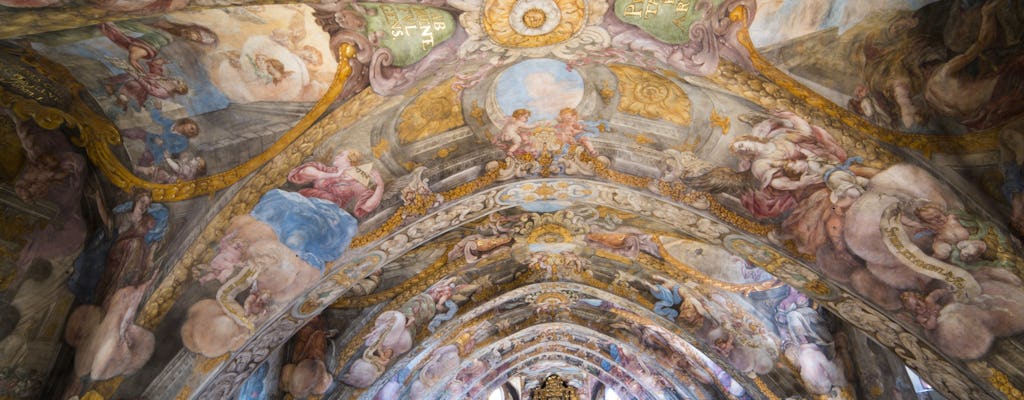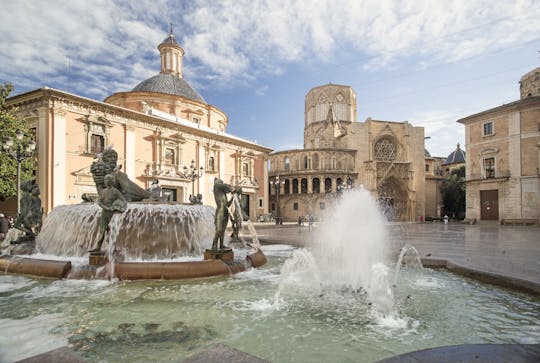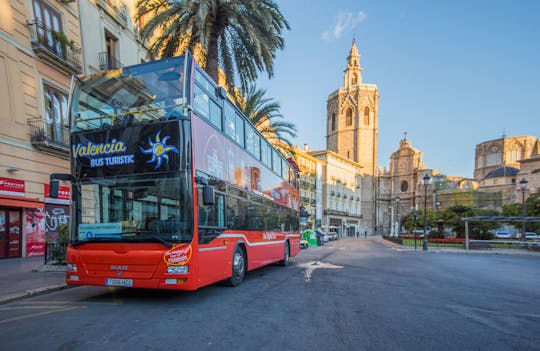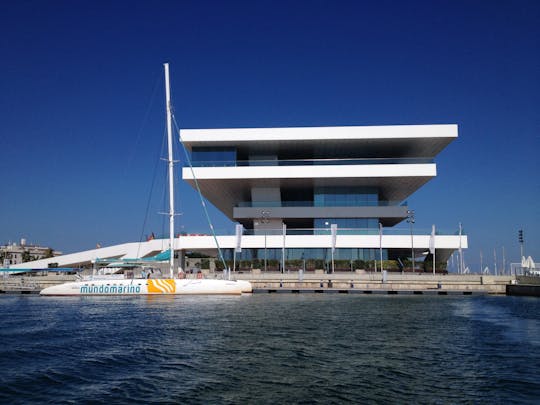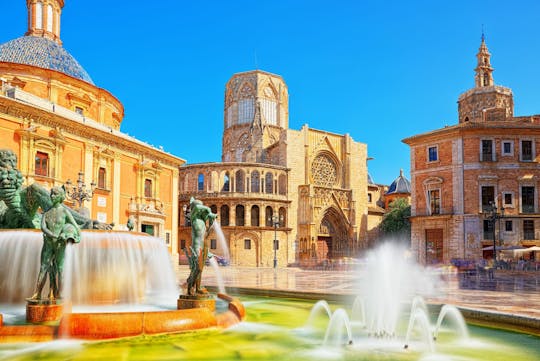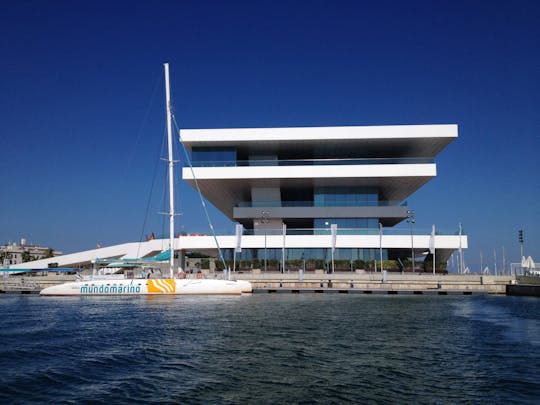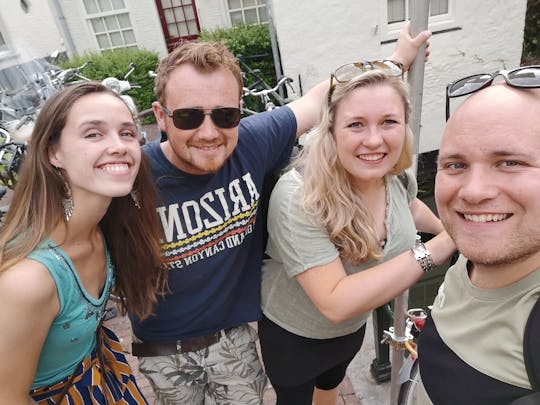Please note that from November 21 to December 21 in principle, Santos Juanes church will be closed for restoration. Get the chance to visit three unique spaces with a single ticket!
- Silk Museum
How silk transformed Valencia. To speak of silk is to speak of a golden era for Valencia, which led to the transformation of the landscape and the way of life in the city for centuries. In the 15th century, the Gremi de Velluters, the silk velvet weavers' guild in Valencia, established themselves in the building now housing the Silk Museum, which you can visit to explore all its secrets: the discovery of silk, the silkworm raising, the way this luxurious material was produced in the almost 5000 looms around the city and the success of silk fabrics in the 18th century. After an incredible restoration, the Silk Museum opens its doors to let you discover its history on an extraordinary journey. Furthermore, you'll be able to enjoy the temporary exhibitions that the museum hosts throughout the year.
- Santos Juanes
San Nicolás
A unique place, an essential attraction if you want to discover the city of Valencia. Discover one of the most popular churches in Valencia, located in the heart of the city. San Nicolás opens its doors from Tuesday to Sunday, with long opening hours for touristic visits, and the admission ticket always includes an audio guide for the visitors. You will explore in an easy and convenient way all San Nicolás has to offer. San Nicolás is one of the oldest parishes in Valencia

